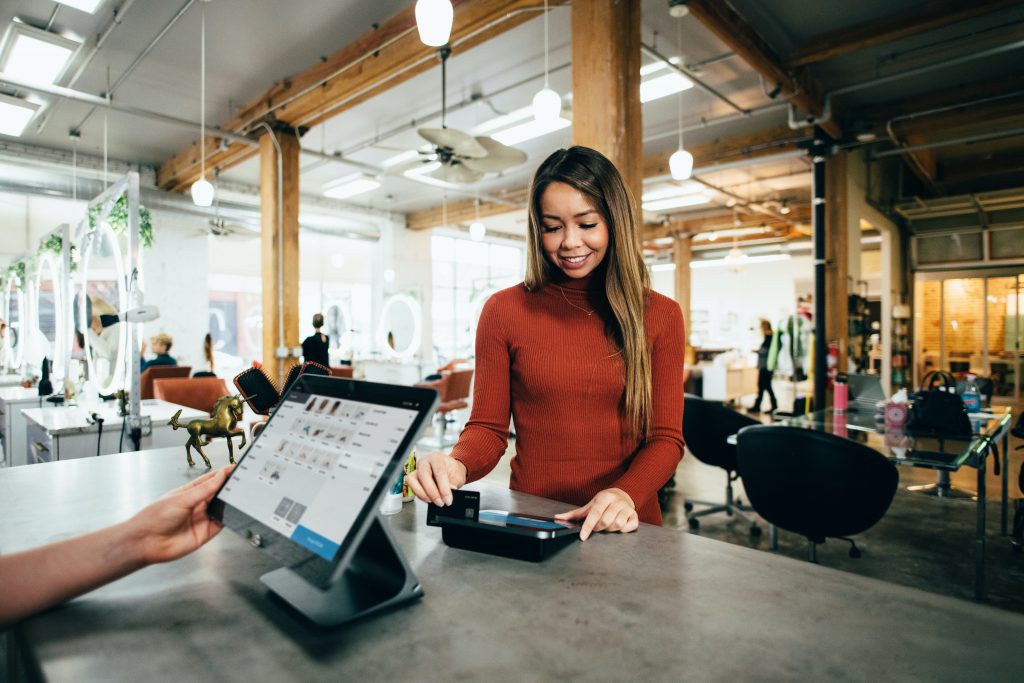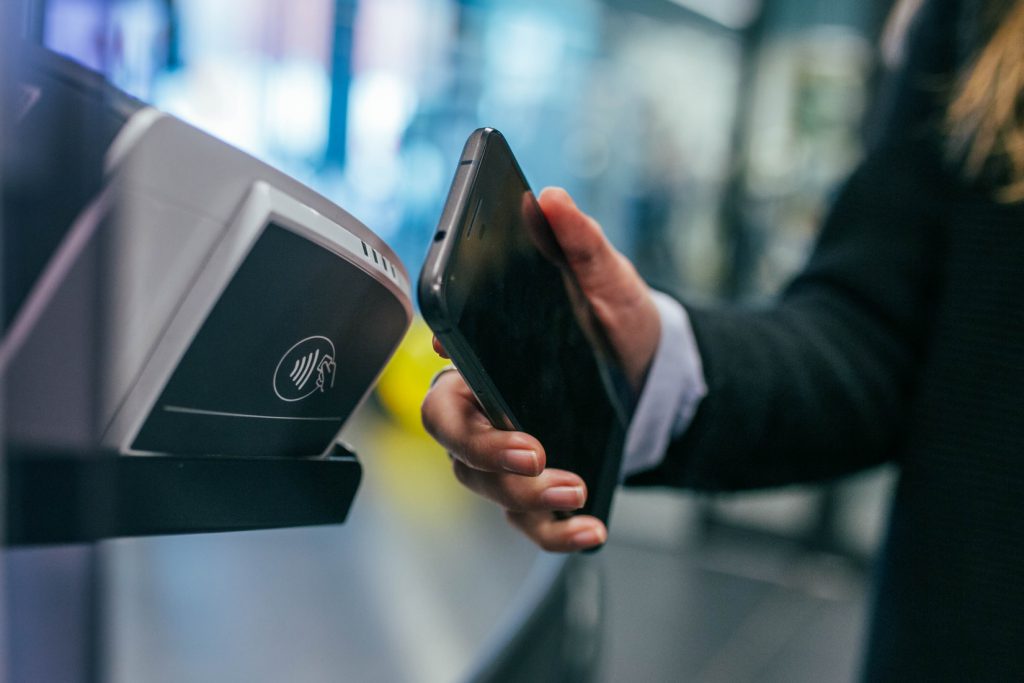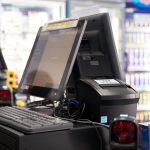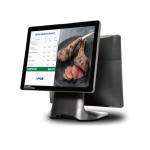No products in the cart.

With many retailers turning to technological investment to improve efficiency and productivity in sales.
One of the most popular choices in Singapore is the modern POS system.
Modern POS systems typically boast multiple features which helps improve the overall efficiency of the retail store.
Features can range from inventory management to ecommerce integrations.
However, before we get swept up by these amazing add-ons, we should focus on the main functionality of a POS system.
Which is why in today’s article, we will look at how you use a POS system in a retail setting to ring up a sale.

The typical check out process in a modern retail setting goes something like this:
Customer brings item to counter, cashier scans item, applies any discount or loyalty points if any and accepts payment.
And the POS system plays a role in each step of the process.
Let’s take a deeper look.
Adding Items To The Sale
There are several ways to add an item to the check out menu on the POS system.
One way would be scanning the product barcode which is linked to a product in a backend system.
Another way is to key in the product name or SKU which is usually a code or number. This serves as a unique identifier for an individual product.
Modern POS systems tend to have a quick entry menu on their display screen. The commonly purchased products are displayed and can easily selected and added to the shopping cart.

In general, adding items to the check out menu should be quick and easy.
Keep in mind that a convenient and quick check out process always leads to happier customers.
Discounts
Most retailers running a sales promotion or event would sell their products at a discount.

With a POS system there are ways to manage these discounts and apply them at check out.
In general, you should be able to set up an automatic discount process.
This means that you key in the discount on the backend system so that it is applied automatically during check out.
In this case it makes sales of discounted products very simple.
The other way is to manually key in the discount or change the price at checkout.
This requires the cashier to remember which products are discounted as well as the discounted amount.
Ideally your POS system should be able to apply discounts automatically. This speeds up the sales process and eliminates any room for error.
Payment
Cash is no longer king when it comes to retail transactions.
Today, Singapore consumers have a wide range of payment methods to choose from.
Besides cash transactions, your POS system should at the very least be able to accept different forms of cashless payments.
One of the main forms of cashless payment in Singapore at the moment are “Quick Response” QR codes. People scan these codes and are redirected to a payment page to complete the payment.
The next big thing in cashless payment is PayWave or PayPass. Customers tap their credit or debit card on the POS system.

In addition, POS systems can also accept payment in the form of gift cards or points from loyalty programs.
Check on the available payment method your POS system can handle.
If your POS system is sorely lacking in these payment methods, it might be time for an upgrade!
To summarise when you’re checking out a product for sales, the main purpose of your POS system should be to help facilitate the process to be as smooth as possible.
If you notice the check out process is unusually slow, it might be time to upgrade your POS system.
Check out Singapore leading POS System, EPOS.
EPOS intuitive and responsive interface design makes it easy to use regardless of your employee technology prowess or lack thereof…
Try out EPOS POS System by dropping us a message to schedule a free demo with us or reach out to us about any enquiry.
This article is part of a five-part series on how you can utilise your POS system to maximise your retail business in Singapore.
You can check out the other articles here.
Was this article helpful?
YesNo


